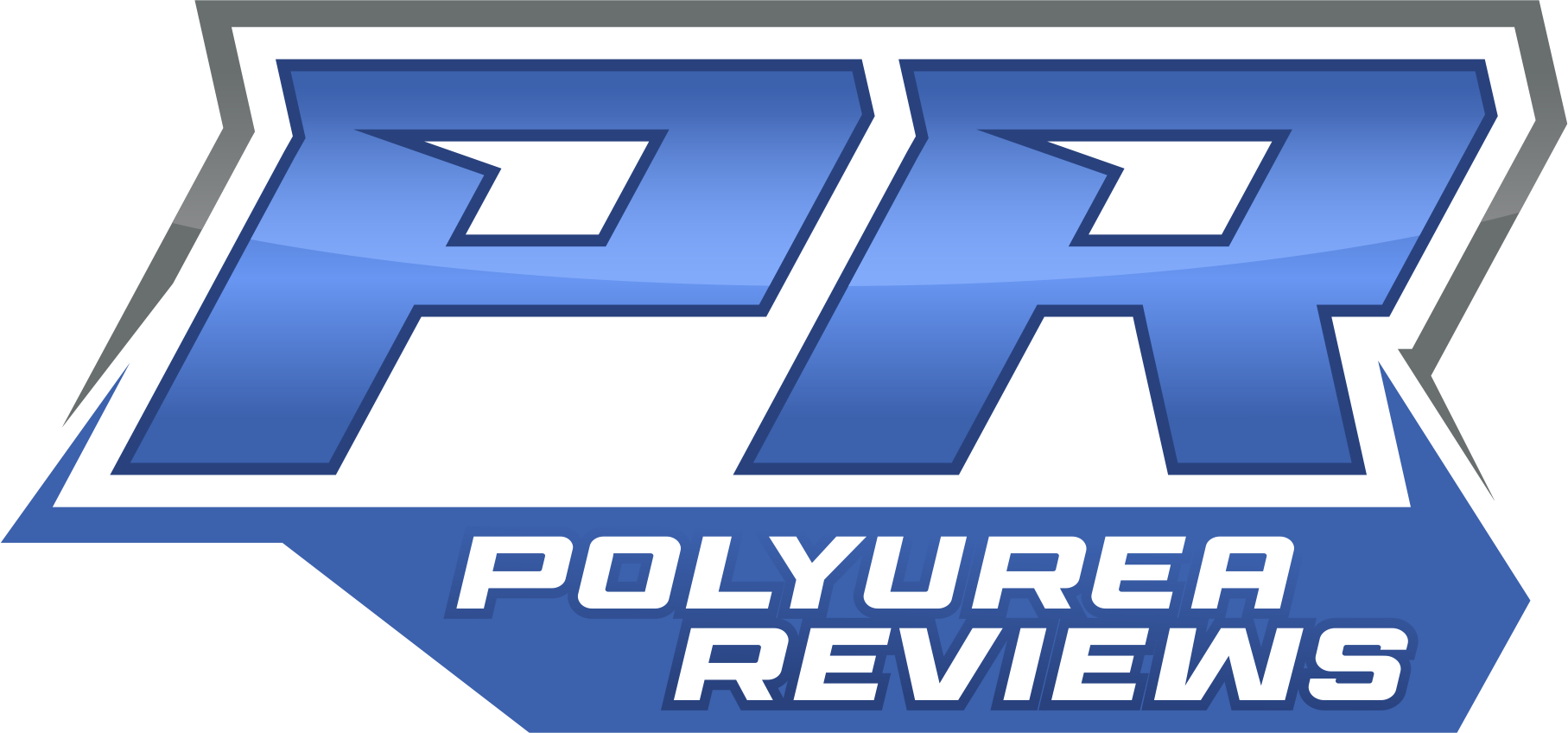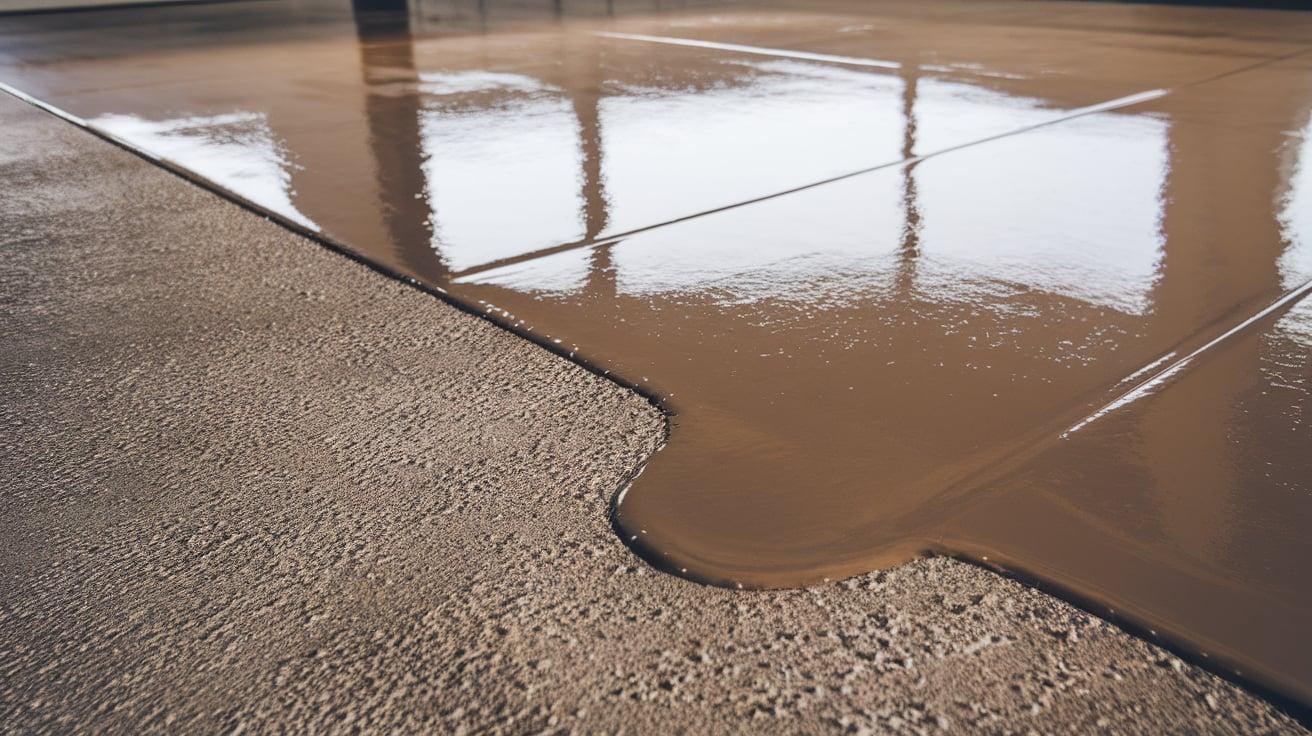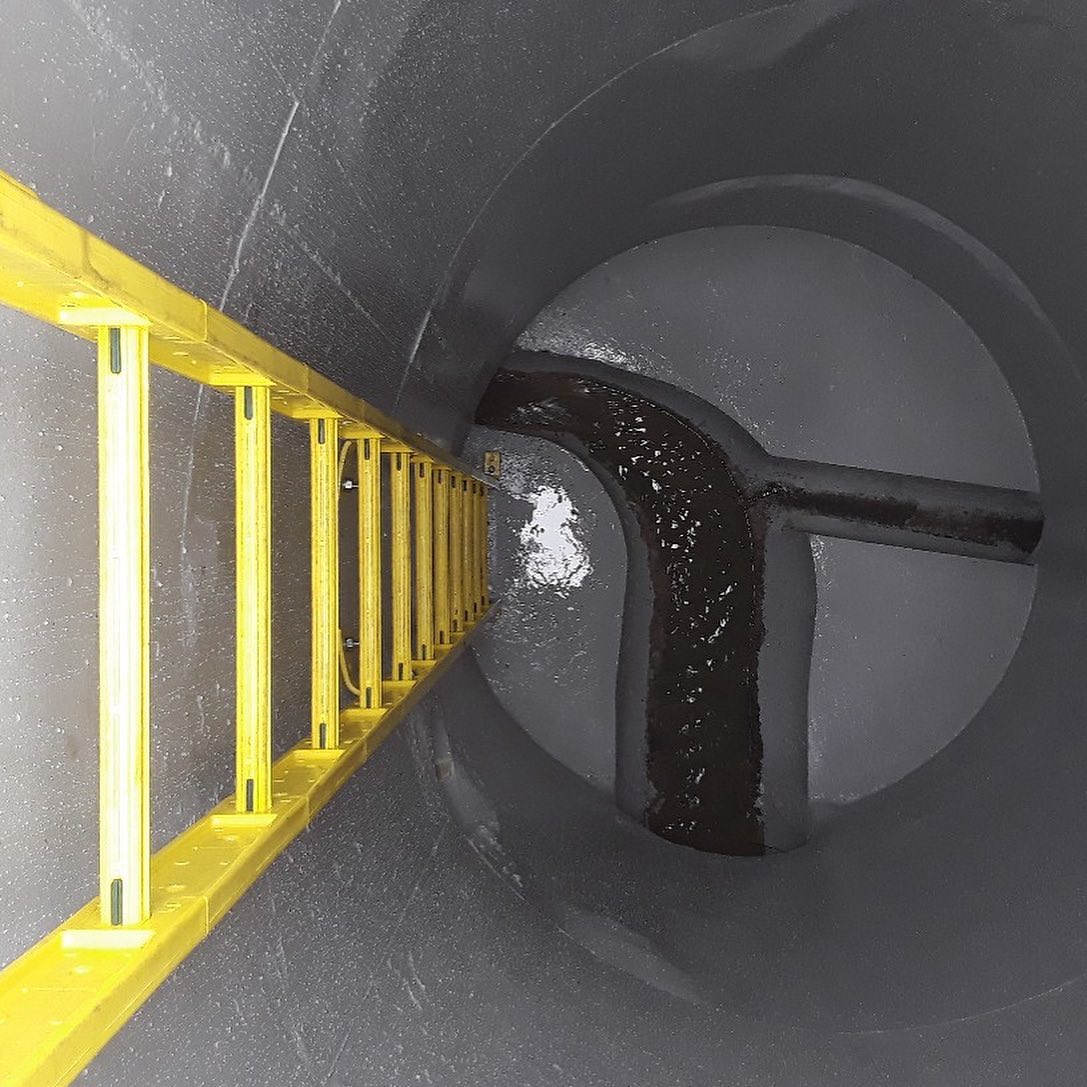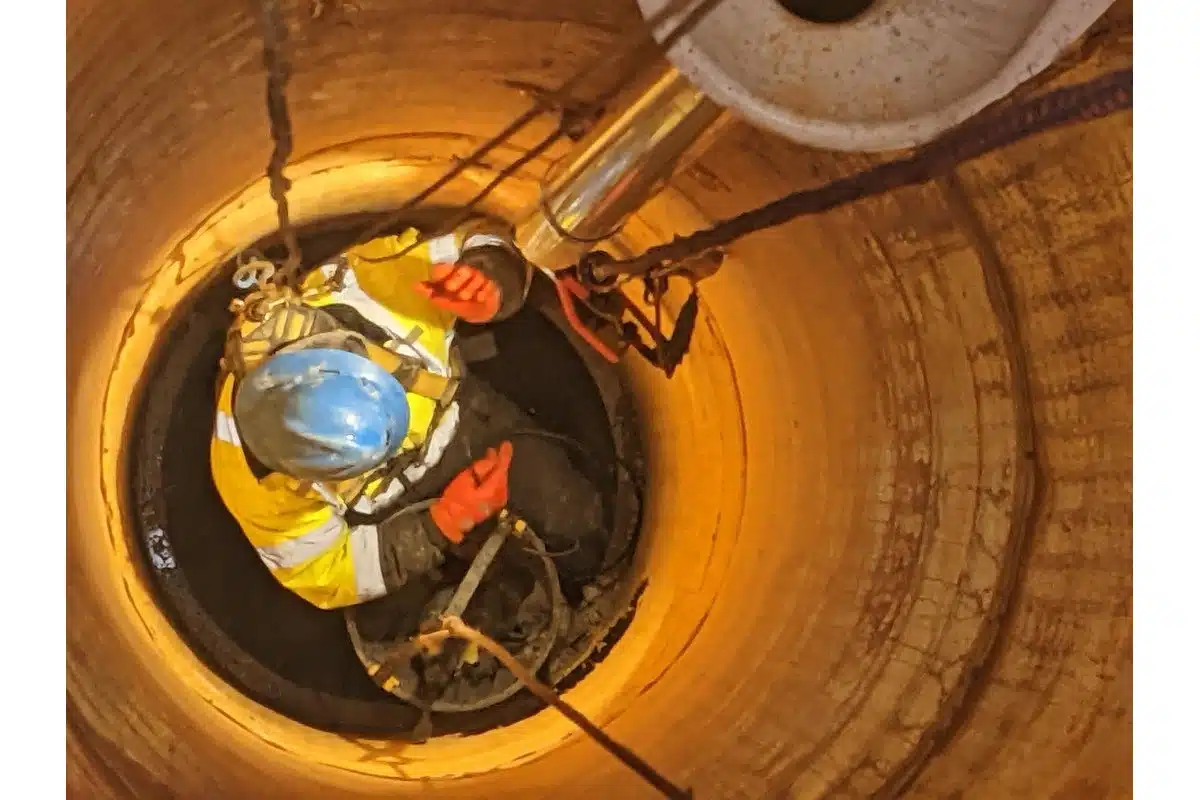Polyurea, a versatile and durable coating material, has gained immense popularity in various industries due to its exceptional properties. From its humble beginnings in the mid-20th century to its widespread use today, polyurea has undergone significant advancements and innovations. This article aims to explore the history of polyurea, tracing its origins, key milestones, and the impact it has had on industries such as construction, automotive, and manufacturing.
Origins and Early Development
The story of polyurea begins in the 1930s when Otto Bayer, a German chemist, discovered the polyurethane polymer. Bayer’s groundbreaking research laid the foundation for the development of polyurea. However, it wasn’t until the 1980s that polyurea coatings gained recognition as a separate entity within the polyurethane family.

In the early days, polyurea was primarily used as a lining material for pipes and tanks due to its exceptional resistance to chemicals and abrasion. The first commercial application of polyurea was seen in the oil and gas industry, where it was used to protect pipelines from corrosion and extend their lifespan.
Advancements and Industrial Applications
The 1990s marked a turning point for polyurea, as researchers and manufacturers began to explore its potential in various industries. The development of new formulations and application techniques led to significant advancements in the properties and performance of polyurea coatings.
One of the key breakthroughs was the introduction of plural-component spray equipment, which allowed for faster and more efficient application of polyurea coatings. This innovation opened up new possibilities for using polyurea in large-scale projects, such as waterproofing bridges, parking structures, and industrial flooring.
The automotive industry also embraced polyurea coatings for their exceptional resistance to chemicals, UV radiation, and impact. Polyurea coatings were used to protect truck bed liners, providing a durable and non-slip surface that could withstand heavy loads and harsh weather conditions.
In the construction industry, polyurea coatings found applications in waterproofing, concrete protection, and corrosion prevention. The ability of polyurea to form a seamless and flexible membrane made it an ideal choice for waterproofing basements, tunnels, and roofs. Additionally, its fast curing time allowed for quick turnaround, reducing project timelines.
Polyurea’s versatility and durability also made it a preferred choice in the manufacturing sector. It was used for coating and lining storage tanks, chemical processing equipment, and even amusement park rides. The ability to customize polyurea formulations to meet specific requirements further expanded its applications in various industries.
Recent Innovations and Future Prospects
In recent years, researchers and manufacturers have continued to push the boundaries of polyurea technology. New formulations have been developed to enhance specific properties, such as fire resistance, thermal insulation, and antimicrobial properties. These advancements have opened up new possibilities for using polyurea in sectors like aerospace, healthcare, and electronics.
Furthermore, efforts are being made to improve the sustainability of polyurea coatings by reducing their environmental impact. Bio-based polyurea formulations, derived from renewable resources, are being explored as a greener alternative. Additionally, advancements in recycling technologies are being made to ensure the responsible disposal and reuse of polyurea materials.
Looking ahead, the future of polyurea seems promising. As industries continue to demand high-performance coatings that offer durability, flexibility, and resistance to various environmental factors, polyurea is likely to play a significant role. Ongoing research and development efforts will further refine the properties and applications of polyurea, making it an indispensable material in the years to come.
Conclusion
The history of polyurea is a testament to human ingenuity and the constant pursuit of innovation. From its origins as a byproduct of polyurethane research to its widespread use in industries worldwide, polyurea has come a long way. Its exceptional properties, including chemical resistance, durability, and fast curing time, have made it a preferred choice for various applications. As technology continues to advance, we can expect further advancements in polyurea formulations, expanding its applications and solidifying its position as a versatile and reliable coating material.




